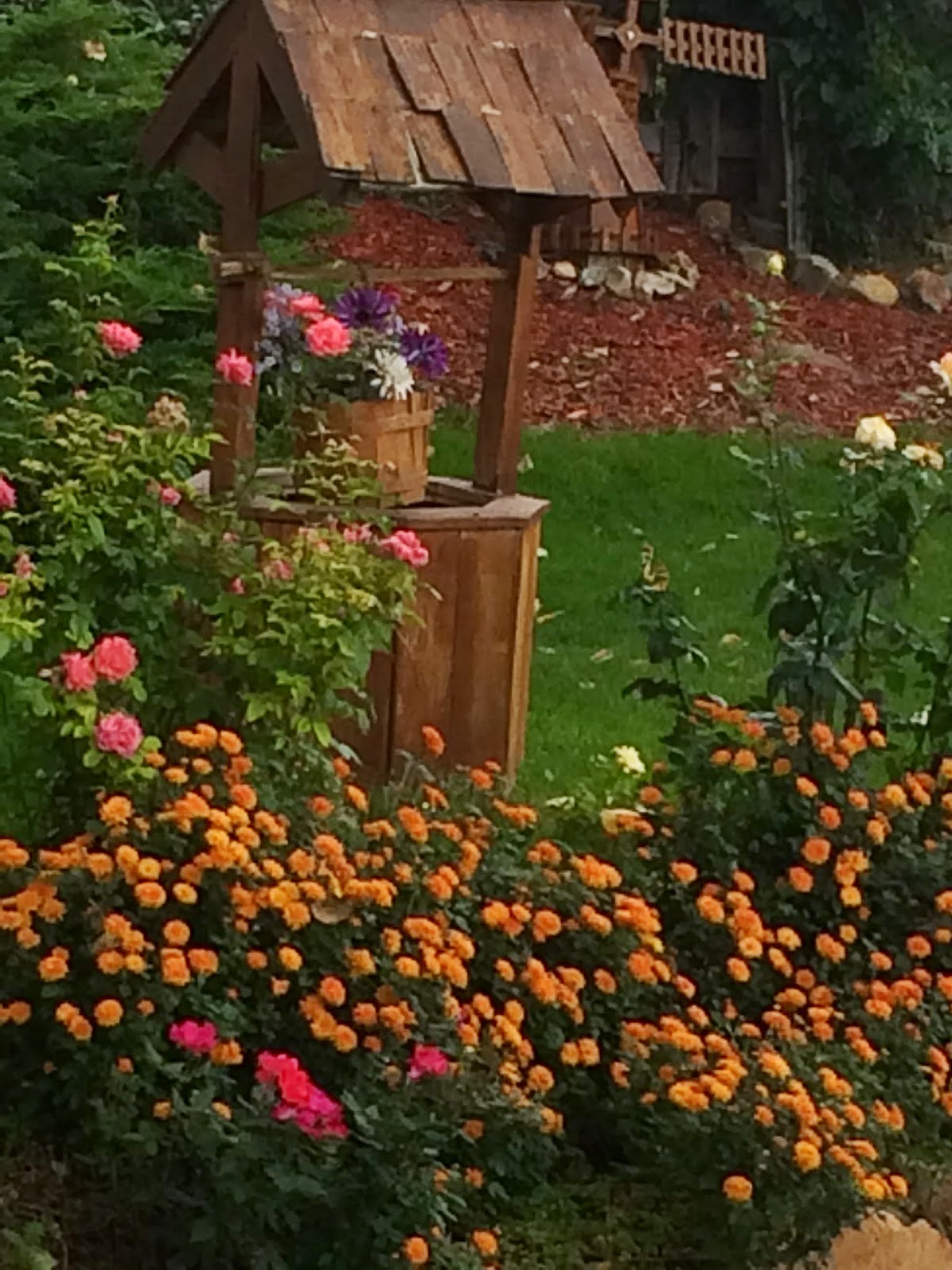 |
| Photo Edmunton Journal |
Herbs can be grown successfully indoors if you give them a little extra care.
For gardeners who like to cook, few plants are as rewarding as herbs. When the outdoor growing season ends, you can still enjoy fresh, homegrown herbs in your favorite recipes.
You can simply dig up your healthiest herbs and bring them inside. By taking note of herbs' special growing needs, you can harvest basil, thyme, and more straight through until spring. Here are three steps for successfully bringing herbs inside:
1. Choose the most robust plants to bring indoors. Before the first frost, dig them out of the garden and pot them up in fresh potting soil. Choose pots that allow for at least 1 to 2 inches of space around the root ball. Water thoroughly. Check each plant for insects, and if there's an infestation, treat the leaves with a soap spray.
2. Reverse the hardening-off process. Keep the pots outdoors out of direct sunlight for about a week. This will accustom your plants to being in containers and to the lower light conditions they'll experience inside. Keep them watered. Prune any lanky growth.
3. Bring them inside. To stay flavorful, herbs need at least five hours of direct sun a day. Turn windowsill plants regularly so that every side receives light. Don't let leaves touch the cold window glass. Fluorescent lights, hung 6 inches above the plants and left on for 14 hours per day, give even better results.
Most indoor herbs prefer temperatures of about 65 to 70 degrees F in the daytime and about 60 degrees F at night. Herbs also need humidity. Provide it by placing the pots on trays filled with gravel and about an inch of water. Protect plants from drafts, but give them good air circulation. Don't crowd pots together. Overwatering will kill most indoor herbs, so between watering's, let the soil surface dry out and use tepid water. Fertilize once a month with diluted fish and seaweed fertilizer.













